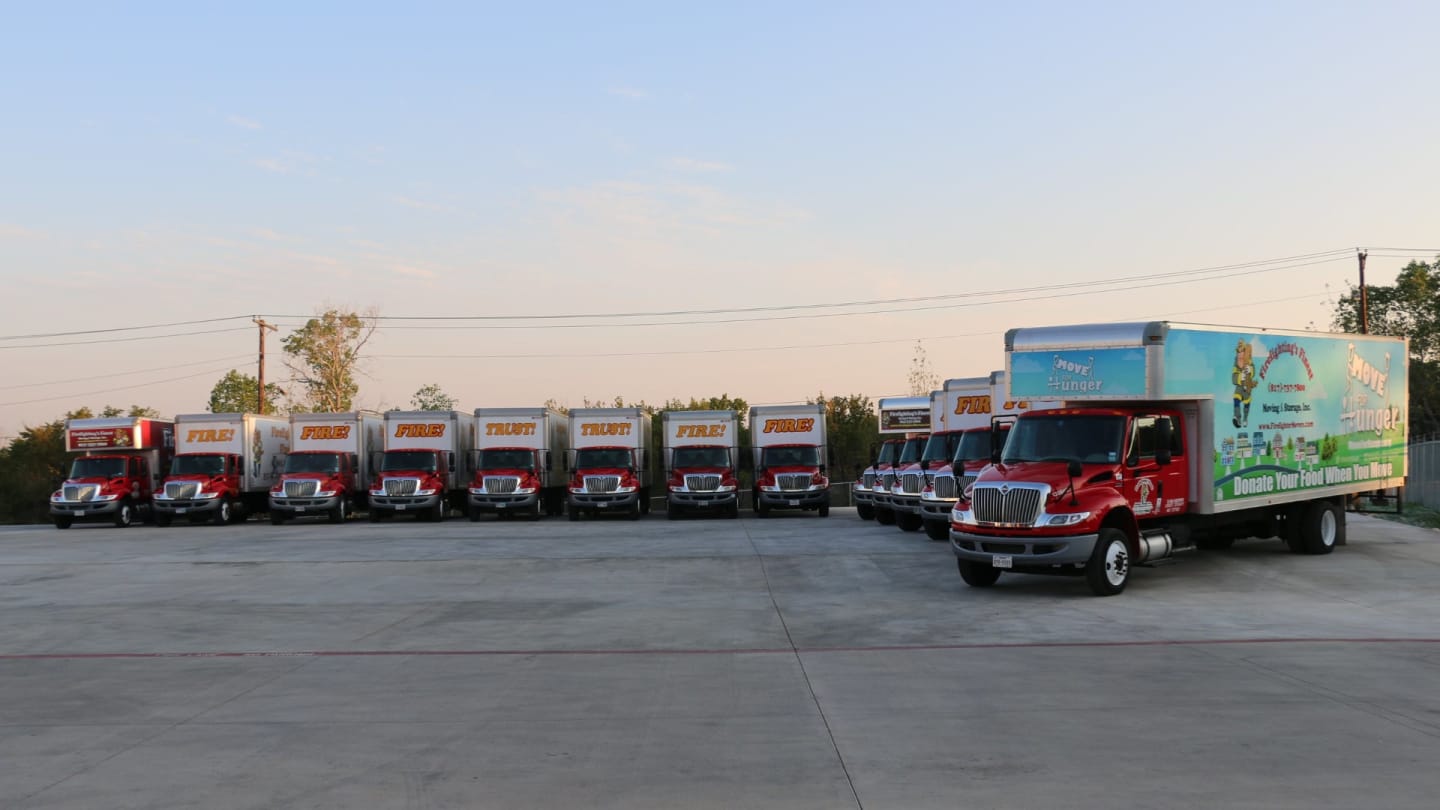
Moving can be tough, but it’s even more challenging with little ones in the picture. Would you believe that moving with kids can be less stressful—even fun—if you take the right approach? Here are 10 moving tips for families to keep everyone sane and happy leading up to moving day.
1. Break the News Early and Gently
Kids are intuitive—if you’re planning a move, they’ll know something’s up. It’s better to be upfront than to have them overhear your plans. Sit them down and explain the move in an age-appropriate way. For toddlers, keep it simple: “We’re moving to a new house with a big yard!” Older kids might appreciate more context, like why you’re moving and how it’ll benefit the family.
To keep the conversation positive, emphasize the parts you know your kids will enjoy, like getting their own room or living near a cool park. Listen to their concerns and answer their questions honestly. The earlier they know, the more time they have to adjust.
2. Encourage Open Communication
Moving is emotional, even for adults. Kids might not have the words to express their feelings, so it’s important to create space for open communication. Ask them what they think about moving and listen without judgment. Acknowledge their emotions—even if they’re upset or angry—and reassure them that their concerns are normal.
You can also share your own feelings. Say something like, “I’ll miss our old house too, but I’m excited about all the new memories we’ll make.” This shows them it’s okay to have mixed emotions.
3. Involve Them in the Process
Moving can make kids feel helpless, which is unsettling. Give them a sense of control by involving them in the process. Younger children can help with easy tasks like labeling boxes with stickers, while older kids can sort through their toys and decide what to keep or donate.
For added excitement, let them pick out new decor for their room. This could be as simple as choosing paint colors and bedding. Feeling included gives kids ownership of the move and helps them embrace the change.
4. Stick to Your Routine as Much as Possible
Kids thrive on routine, and moving disrupts everything. During the transition period, consistency is your best friend. If your family typically eats dinner at 6:00, or you usually read your kids a bedtime story, continue those traditions as much as possible.
When schedules are impossible to maintain, like on moving day, prepare your children in advance. Let them know what to expect and reassure them that their routines will return soon. It may seem small, but your efforts can make a big difference in your kids’ emotional stability.
5. Visit the New Neighborhood Before Moving
If possible, take your kids to explore the new neighborhood before the big day. Visit their future school, walk around the block, and play at a nearby park. For younger kids, point out fun landmarks: “That’s where we’ll get ice cream!” Older children might enjoy checking out sports teams or clubs at their new school. Seeing their future surroundings eases the fear of the unknown and replaces it with excitement.
6. Make Time for Goodbyes
In the case of long-distance moves, saying goodbye is an important part of moving. Plan a farewell party, a get-together with close friends, or a visit to favorite local spots before the big day. Reassure your kids that these goodbyes aren’t forever, especially with options like texting, video chats, and social media to help them stay in touch. Plus, you can always plan in-person visits in the coming years.
7. Create a Moving-Day Plan
In the chaos of moving day, kids often get bored or overwhelmed. Having a solid plan helps things run smoothly. When moving with toddlers or preschoolers, consider hiring a babysitter or asking a friend or family member to watch them. If that’s not an option, set up a safe play area with toys, books, and snacks to keep them occupied.
Older kids can take on small responsibilities, like checking items off a moving list or helping pack last-minute essentials. Giving them a task keeps them busy and makes them feel needed.
8. Pack a First-Night Bag
Moving day is exhausting, and the last thing you want is to hunt for your child’s toothbrush or favorite stuffed animal in a sea of boxes. Avoid this chaos by packing a first-night bag for each kid. Treat it like packing for a vacation, with essentials like pajamas, a few changes of clothes, toiletries, comfort items, and snacks.
9. Prioritize the Kids’ Rooms
When you arrive at your new home, set up your kids’ bedrooms first. Seeing their familiar bedding, toys, and furniture in the new space makes it easier for them to settle in. If you can, unpack their boxes right away, even if the rest of the house stays in disarray a little longer.
10. Celebrate the Move
Once the essential boxes are unpacked, take time to celebrate your family’s big accomplishment. Plan a fun activity, like exploring a local attraction, ordering pizza, or having a family movie night. This celebration helps your kids associate the move with positive experiences. It’s also a well-deserved reward after all the hard work of relocating. And who doesn’t love an excuse to have a little fun?
Moving Doesn’t Have to Be Overwhelming
Moving with kids is challenging, but it’s also an opportunity to strengthen family relationships. A little preparation, patience, and creativity make the transition smoother for everyone. Firefighting’s Finest Moving & Storage can simplify things further with our expert packing, furniture wrapping, climate-controlled storage, truck loading, and transportation services. We have been Texas’ most trusted full-service movers since 2001. Whether you’re relocating to or from Fort Worth, Dallas, Houston, or Austin, we’re here to help your move go smoothly. Request a free moving estimate today to get started.








